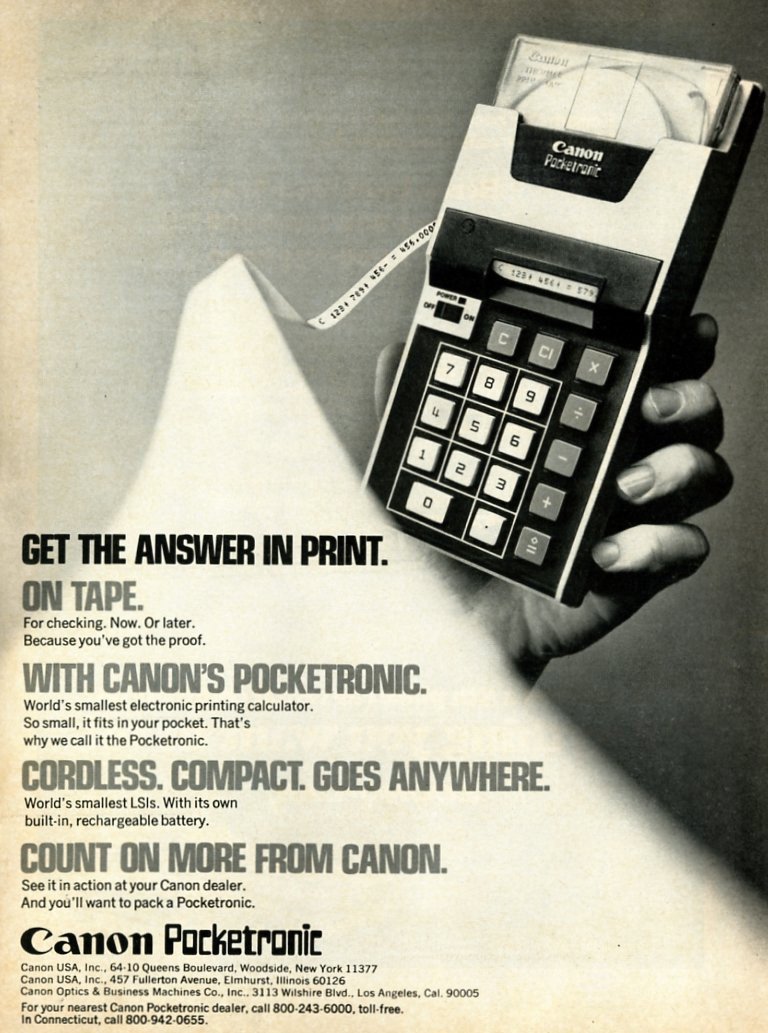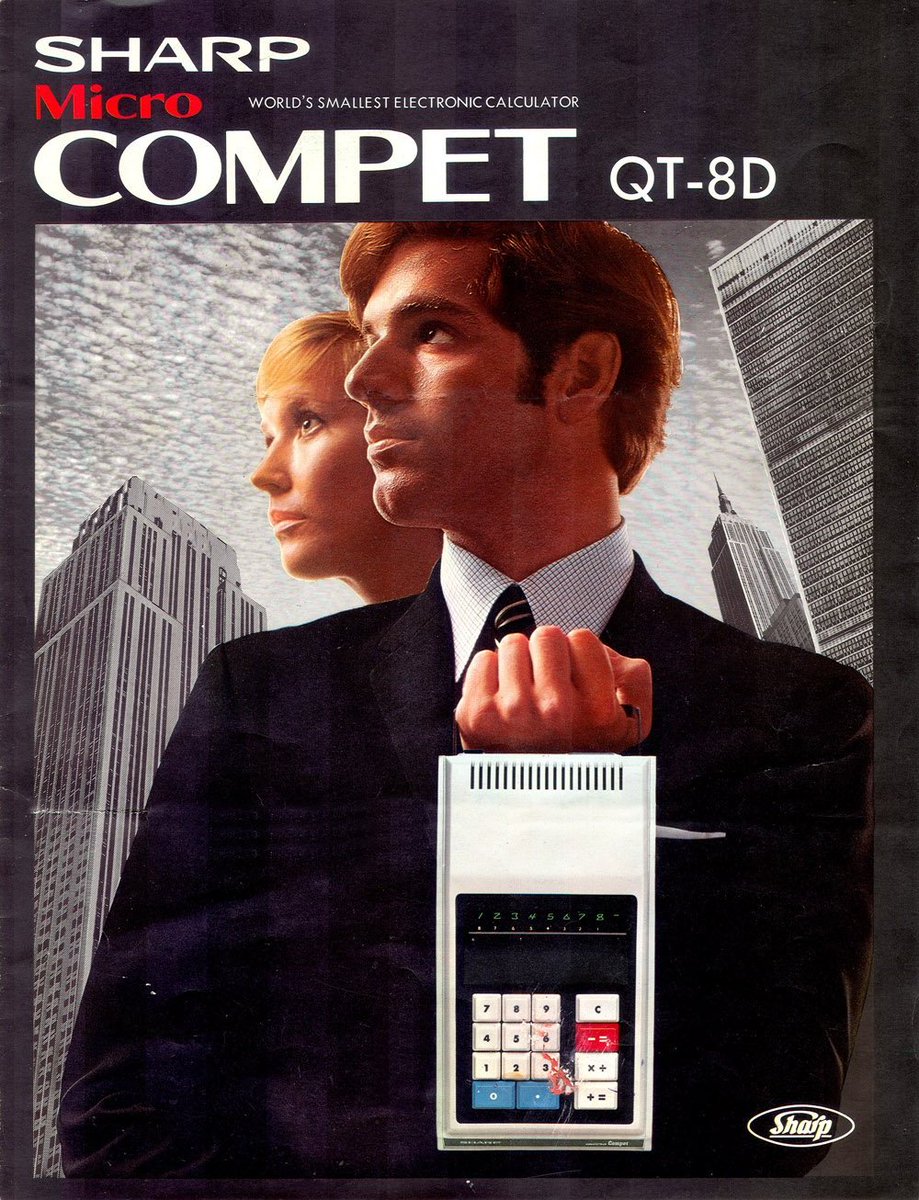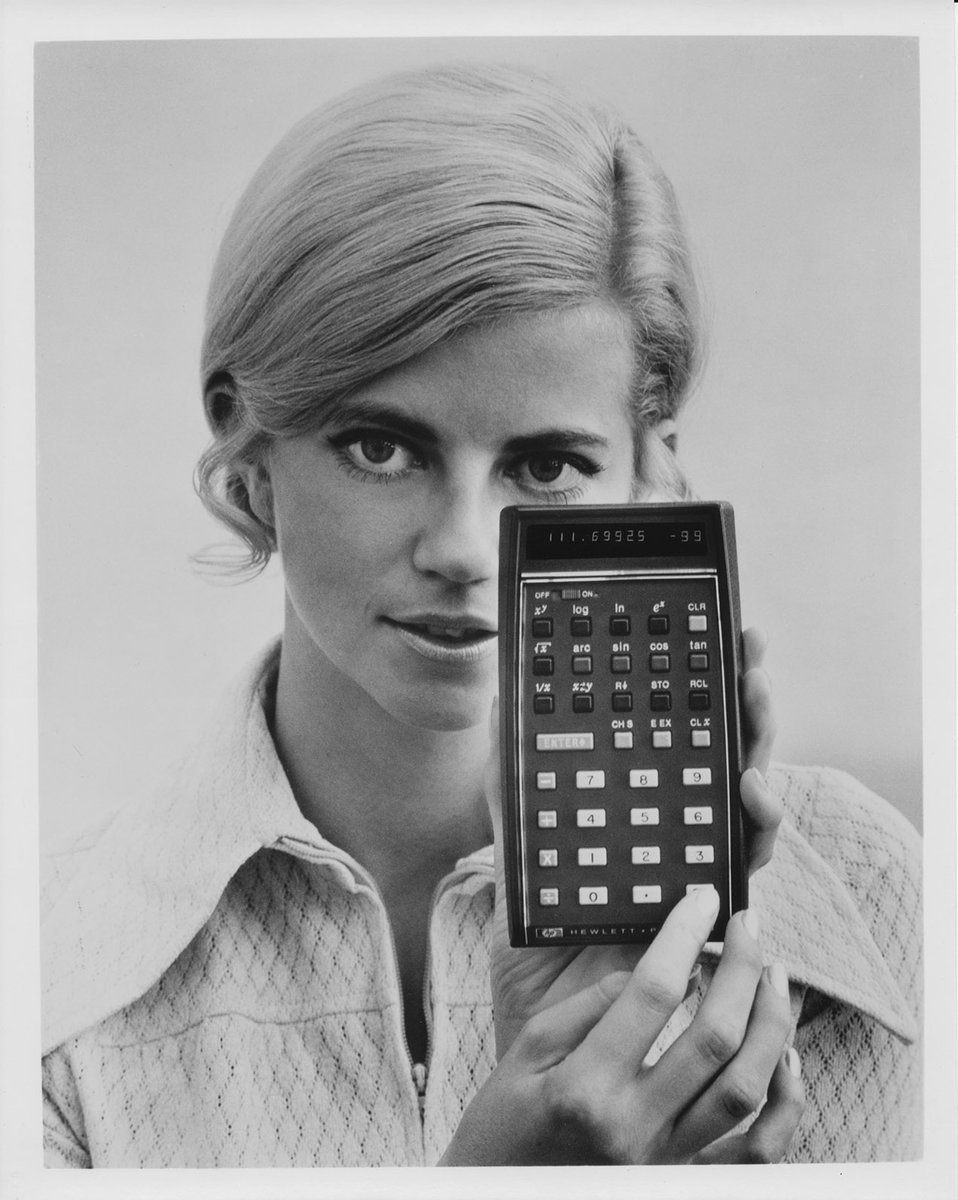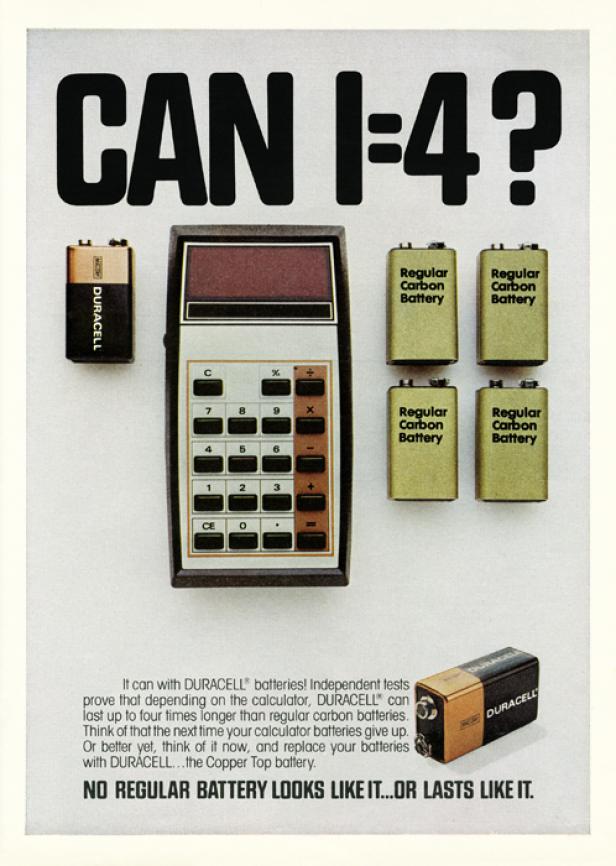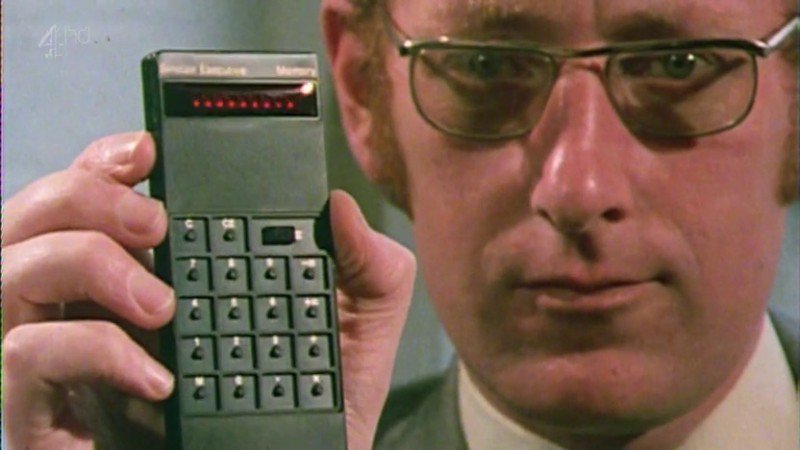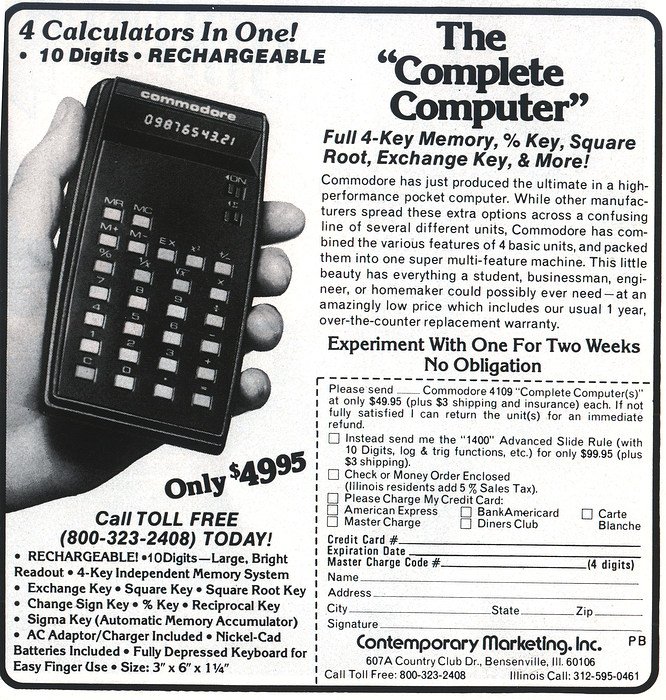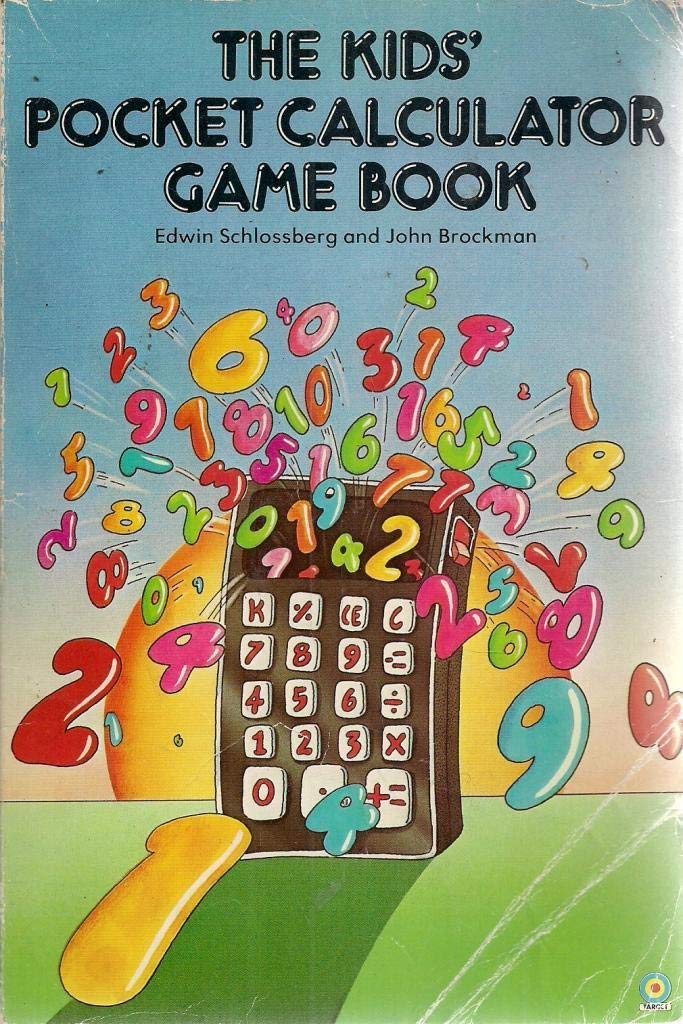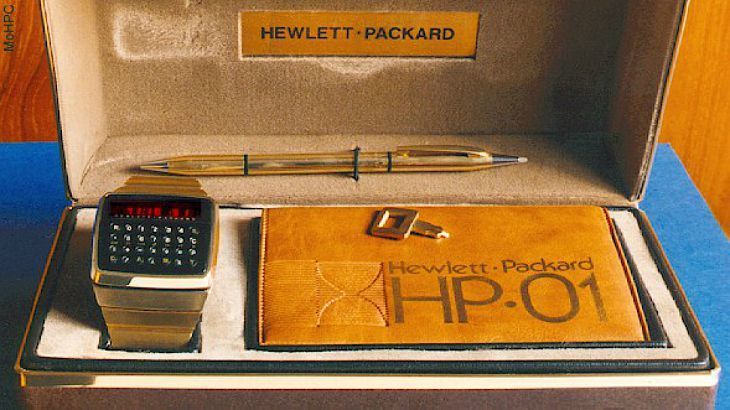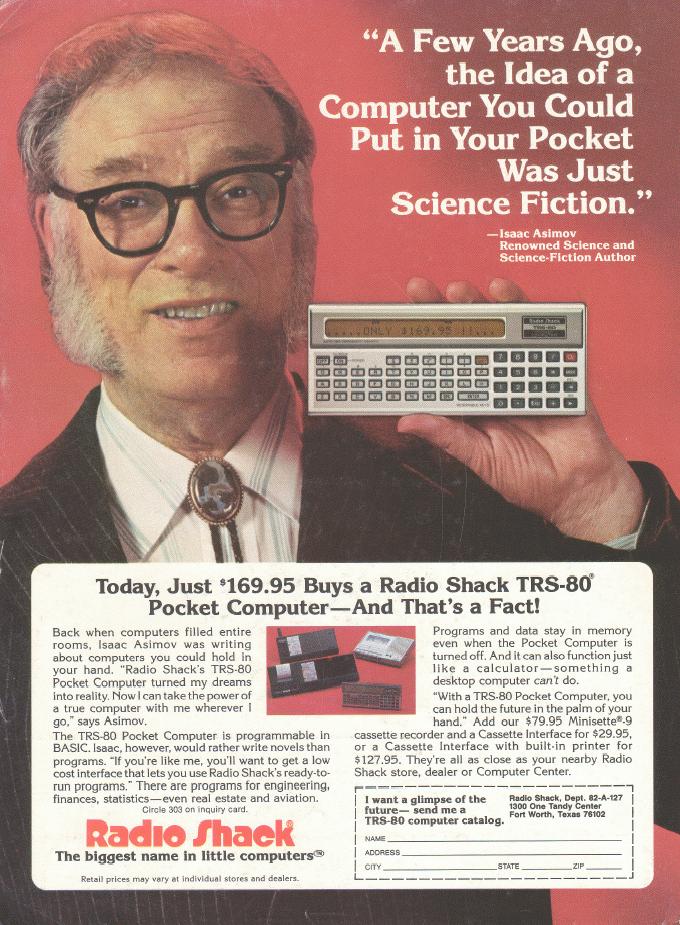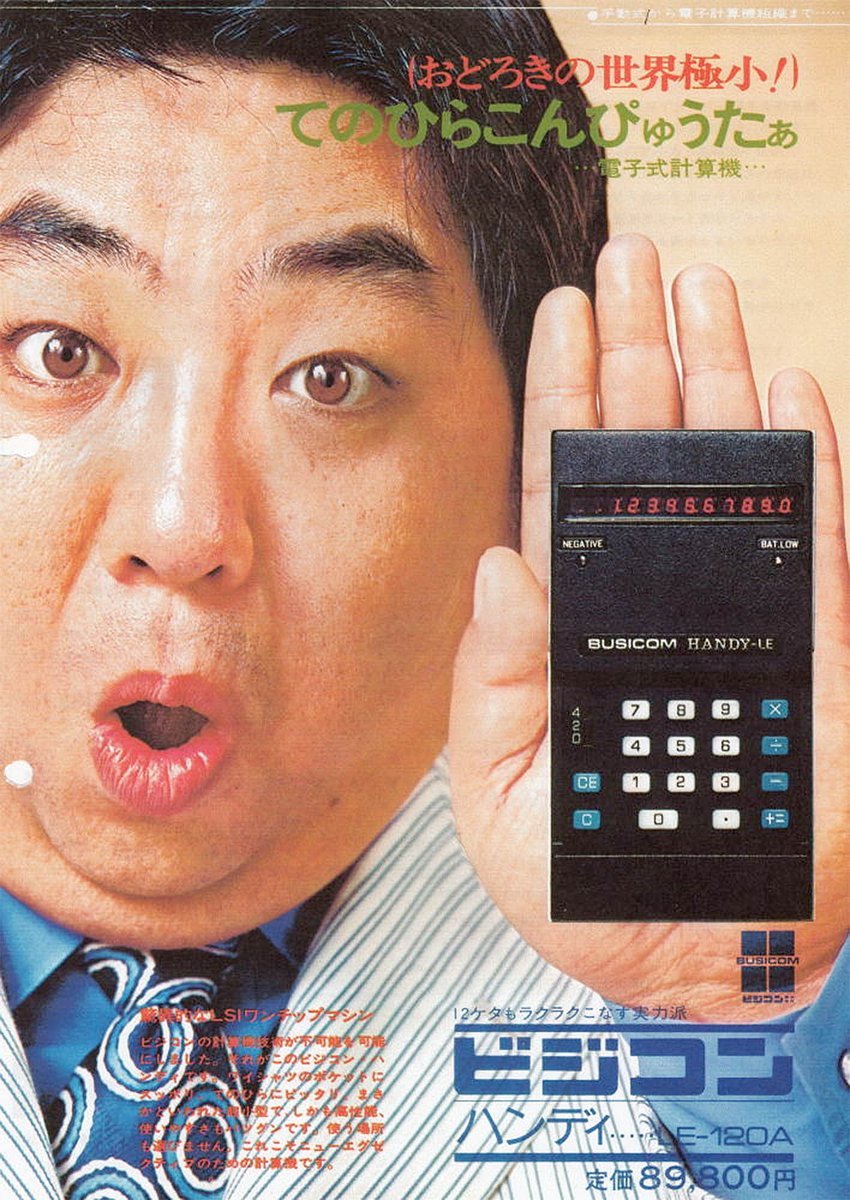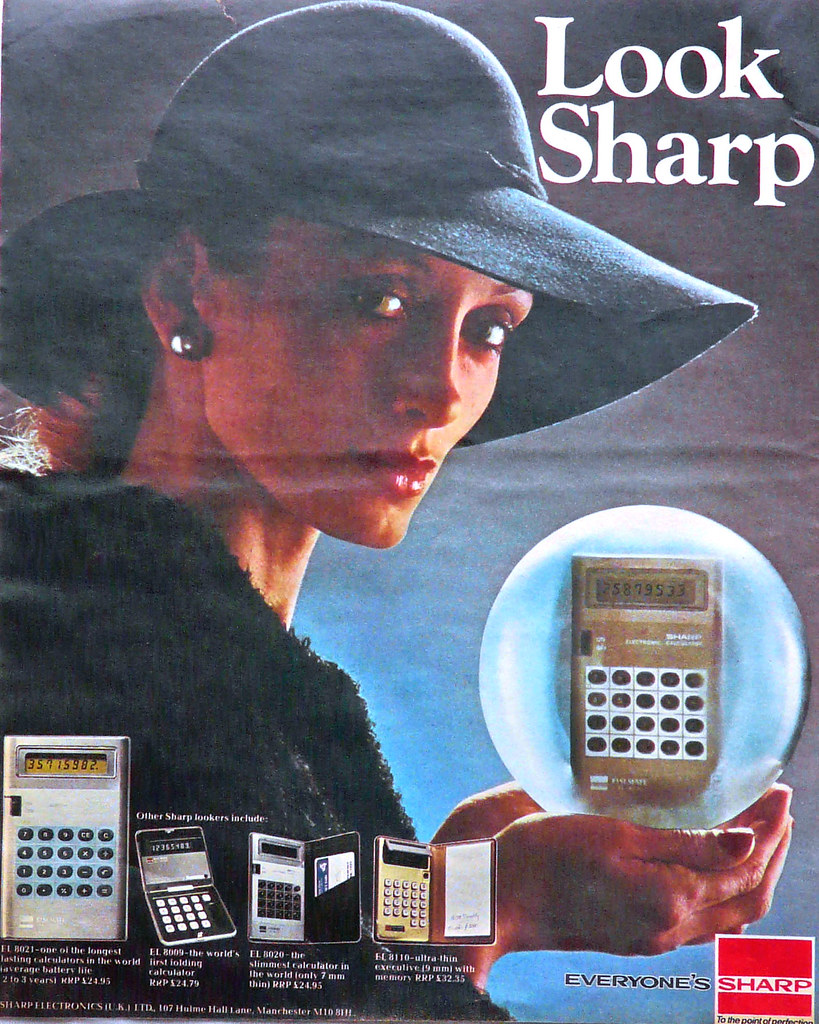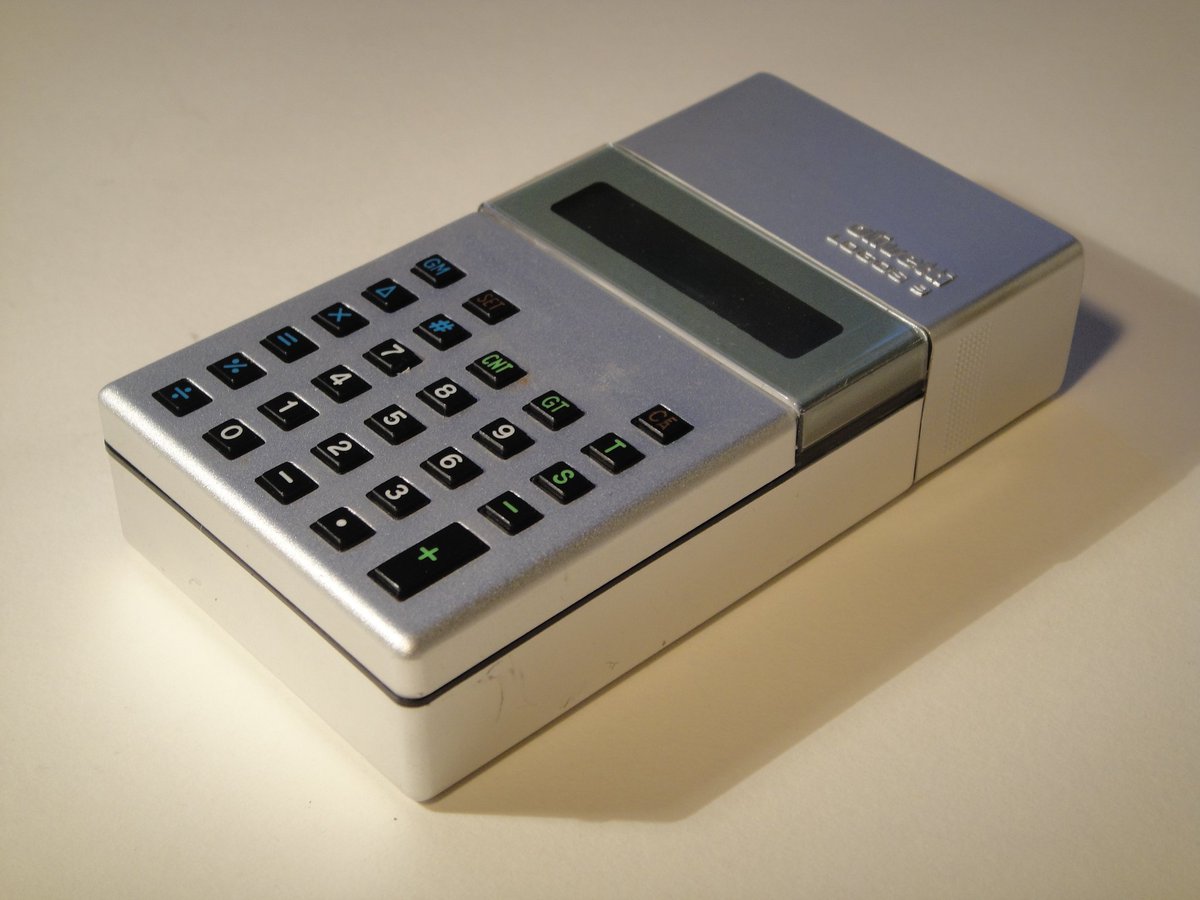Happy #NationalNumeracyDay everybody! And to celebrate let& #39;s look back at that mini-maths revolution of the 1970s: the pocket calculator! #WednesdayWisdom
Compact electronic calculators had been around since the mid-1960s, although & #39;compact& #39; was a relative term. They were serious, expensive tools for business.
So it was quite a breakthrough in 1967 when Texas Instruments presented the Cal-Tech: a prototype battery powered & #39;pocket& #39; calculator using four integrated circuits. It sparked a wave of interest worldwide.
Canon was one of the first to launch a pocket calculator in 1970. The Pocketronic used Texas Instruments integrated circuits, with calculations printed on a roll of thermal paper.
Sharp was also an early producer of pocket calculators. Unlike Canon they used integrated circuits from Rockwell and showed the calculation on a vacuum fluorescent display. The carrying handle was a nice touch!
The next year brought another big leap: the Hewlet-Packard HP35. Not only did it use a microprocessor it was also the first scientific pocket calculator. Suddenly the slide rule was no longer king; the 35 buttons of the HP35 had taken its crown.
And by 1974 Hewlett Packard had created another first: the HP-65 programmable pocket calculator. Programmes were stored on magnetic cards slotted into the unit. It was even used during the Apollo-Soyuz space mission to make manual course corrections.
But the most stylish & #39;70s pocket calculator was undoubtedly the Olivetti Divisumma 18, designed by Mario Bellini. Its smooth look and soft shape has become something of a tech icon and an inspiration for many designers. It even featured in Space:1999!
However a big problem for early pocket calculators was the power drain: LED displays ate up batteries. As LCD displays gained popularity in the late 1970s the size of battery needed began to reduce.
The 1972 Sinclair Executive had been the first pocket calculator to use small circular watch batteries, allowing the case to be very thin. Once LCD displays took off watch batteries increasingly became the norm for calculators.
But the biggest shake-up of the emerging calculator market came in 1975, when Texas Instruments - who made the chips for most calculator companies - decided to produce and sell their own models.
As a vertically integrated company Texas Instruments could make and sell calculators at a much lower price than its competitors. Commodore almost went out of business trying to compete: it was paying more for its TI chips than TI was selling an entire calculator for!
With prices falling the pocket calculator quickly moved from business tool to gizmo: every pupil, every student, every office worker wanted one, especially when they discovered the digital fun they could have!
Calculator games suddenly became a & #39;thing& #39;, often combining a calculator with a deck of cards to create games to play.
Another popular pastime was finding numbers that spelt rude words if the calculator was turned upside down; the Samsung Secal even gave you a clue to one!
Solar power was the next innovation for the calculator: Teal introduced the Photon in 1977, no batteries required or supplied!
And as the market grew the calculator quickly evolved into a lifestyle accessory. Hewlett Packard launched the first calculator watch in 1977...
Peak calculator probably came in 1981, with Kraftwerk& #39;s Pocket Calculator released as a cassingle in a calculator-shaped box.
Although the heyday of the pocket calculator may be over they are still quite collectable. Older models in good condition with the original packaging can command high prices online.
So let& #39;s hear it for the pocket calculator: the future in the palm of your hand!
More stories another time...
More stories another time...
And if you& #39;ve still got an old pocket calculator in a desk drawer somewhere do tweet a picture of it for #NationalNumeracyDay!

 Read on Twitter
Read on Twitter


